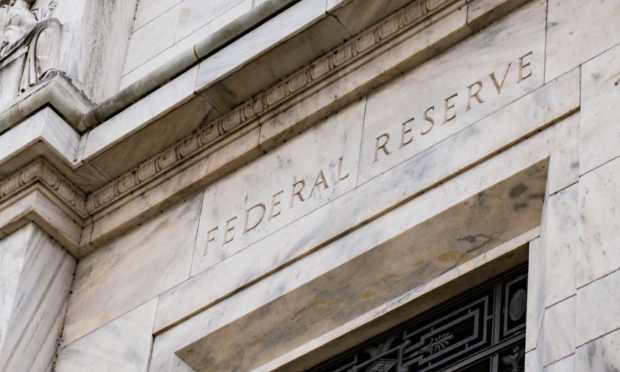Chicago Fed’s Austan Goolsbee May Replace Lael Brainard as Fed Vice Chair

Austan Goolsbee is reportedly being considered as the next vice chair of the Federal Reserve.
Goolsbee, who was named president of the Federal Reserve Bank of Chicago in January, may be nominated for the post by the White House, The Wall Street Journal (WSJ) reported Wednesday (Feb. 15), citing unnamed sources.
At the same time, the sources told the WSJ that President Joe Biden hasn’t made a final choice of nominee and may not announce a decision for weeks.
Other candidates likely being considered for the vice chair post include Harvard University economist Karen Dynan, Northwestern University finance professor Janice Eberly, Fed governor Lisa Cook and Boston Fed President Susan Collins, according to the report.
The report comes a day after the current vice chair of the Federal Reserve, Lael Brainard, was appointed by Biden as director of the National Economic Council (NEC).
“[Brainard] is a trusted veteran across our economic institutions, and understands how the economy affects everyday people,” Biden said in a Tuesday (Feb. 14) press release.
Were Goolsbee to be nominated as vice chair, he would take the post as someone who is not a macro or monetary economist and has no experience in central banking, banking or financial services — and would be replacing someone who did.
Goolsbee was an economic adviser to President Barack Obama and then a professor of economics at the University of Chicago before taking his current position at the Federal Reserve Bank of Chicago.
He hasn’t expressed his views on policy since being named to his current post in December, but voted during the Fed’s Jan. 31 to Feb. 1 meeting to raise interest rates by a quarter percentage point, the report said.
Speaking of inflation in November, Goolsby said, “I hope that we’ve peaked but I think that the rate at which it comes down might not be as rapid as everyone wants.”
Bloomberg reported Tuesday that Brainard has been one of the Fed’s most “dovish” members, as she has signaled that the central bank may be able to lower inflation without extensively damaging the labor market.
